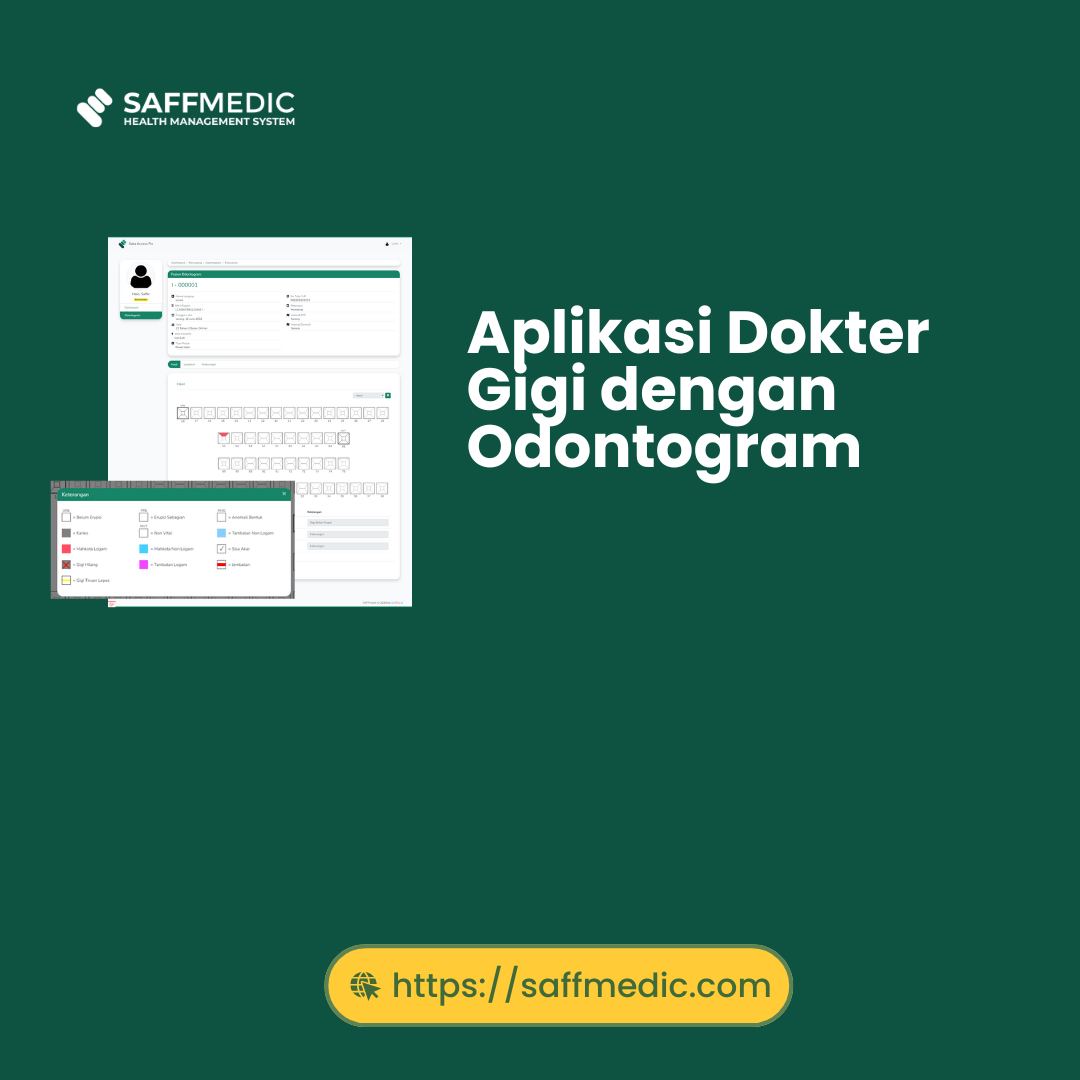What is a Sober Living House?
Daftar Isi
Content
“If there’s not a ‘perfect’ fit, you may still benefit from the structure, support and monitoring that a sober living house provides until you feel more confident in your sobriety,” says Dr. Kennedy. Level IV employs an organizational hierarchy of credentialed staff and adds on clinical and administrative supervision. Level IV services include in-house clinical services and programming and life skill development.
How Sober Living Homes Differ From Halfway Houses
Engage in house meetings and connect with other residents to establish a supportive community. While at an SLH, residents may be able to resume other aspects of their lives before recovery, such as work or family obligations. Many patients don’t realize the toxicity of prolonged alcohol abuse and how it affects the body. Alcohol detox at the luxurious rehab addiction centers at Gratitude Lodge leeches your body of these toxins in preparation for successful treatment for drugs and alcohol abuse. Alcohol detox may not take as long or produce severe withdrawal symptoms, but it is still an essential beginning to your recovery.
What Are Sober Living Homes?
With their structured environment and comprehensive support, they’re not just a place to stay; they’re a crucial step toward a new, sober life. By integrating peer support with professional guidance, these homes equip you with the tools and resilience needed to face the world substance-free. Remember, the road to recovery is paved with challenges, but in a sober living home, you’re never walking it alone. Whether it’s finding your footing in the world again or building a network of support, these homes are there to guide and support you every step of the way.
WE ACCEPT MOST PPO INSURANCE
The brotherhood between house members empowers everyone to walk through tribulations with much-needed support, and to meet our high standards. Halfway houses are very similar to other sober-living residences, and it's no surprise that people often confuse them. Certain age brackets can experience specific challenges when recovering from addiction. Due to how interchangeably these terms are used, it is important to ask questions about expectations and structure to determine which home is the right fit for you. Explore spiritual recovery's role in addiction healing, its benefits, challenges, and practical practices.
Betty Ford Center in Rancho Mirage
Among the options available, sober living homes and halfway houses each offer unique benefits and structures tailored to different needs. This article dives into the distinctions and purposes of these two types of transitional housing, providing clarity for those considering their recovery journey. Programs or services that are available in sober living services in New Jersey offer a range of recovery support, including structured living environments, therapy, and community programs. These services are designed to provide individuals with a stable, substance-free living situation while they work on rebuilding their lives and maintaining sobriety. Many of these programs also offer access to job training, educational opportunities, and mental health services to ensure comprehensive recovery. The benefits of sober living homes are providing a structured environment, peer support, and relapse prevention, which help individuals maintain long-term sobriety.
Sober Living Houses
Sober living houses can foster peer encouragement, camaraderie, character development, and accountability in residents. The outcomes of living in such an environment can include positive health, behavioral, and relationship changes. By choosing to pursue a challenging transitional phase of recovery at a sober living home, you may minimize the likelihood of relapse derailing your recovery before it gets traction.
Ethos: An All-Men’s Sober Living Home in Los Angeles
Discover secular recovery groups, their effectiveness, and how their unique approach supports lasting sobriety. Certain categories, such as sex offenders or individuals requiring extensive medical care, may be deemed ineligible for placement. Ultimately, the Bureau of Prisons (BOP) decides on placements, ideally choosing locations that are proximate to the individual’s home to facilitate smooth reintegration. Once all of the activities are completed, you’ll have free time to relax, watch TV, call your loved ones, or engage in some form of self-care activity. Dr. Kennedy also suggests touring the home and asking to speak with current residents or alumni. Smith recommends asking and looking for what sets one SLH apart from the others to make sure its focus and expertise align with your objectives and personality.
- Discover the economic effects of alcohol and drugs, from GDP impact to costs on productivity and healthcare.
- If you recently completed a treatment program, contact the staff there for referrals to local sober living homes.
- Explore the addiction counselor job description, essential skills, and steps to embark on this impactful career.
- Part of living in recovery is "showing up for life," meaning doing things for yourself that make you a successful, contributing member of society.
- Individuals in early recovery, or those who are not ready for full independence, particularly benefit from the structure and accountability that these homes provide, helping them avoid relapse.
- By finding a house that meets your individual requirements and values, you may increase your chances of achieving sustained recovery.
These homes encourage residents to take charge of their recovery journey, Halfway house allowing them to manage their daily schedules and commitments more freely. While there are rules in place, such as maintaining sobriety and attending support group meetings, there's generally more flexibility. Residents can come and go within the guidelines set by the home, fostering a sense of independence essential for rebuilding their lives. They serve individuals transitioning from incarceration, those who have recently completed rehabilitation, and those who may face challenges like homelessness or mental health issues. Residents in halfway houses may often be court-mandated to stay, which sets them apart from the voluntary nature of sober living environments. A sober house is more than just a place to live; it is a community of individuals who are committed to supporting each other’s recovery journeys.
23
Artikel Lainnya

Apa itu SIMRS : Mengapa Rumah Sakit Perlu Menggunakan
13 November 2023
Ketamine Abuse, Side Effects, Detox, Withdrawal and Treatment
30 September 2024

Aplikasi Dokter Gigi dengan Odontogram
9 September 2024
Bagikan :


